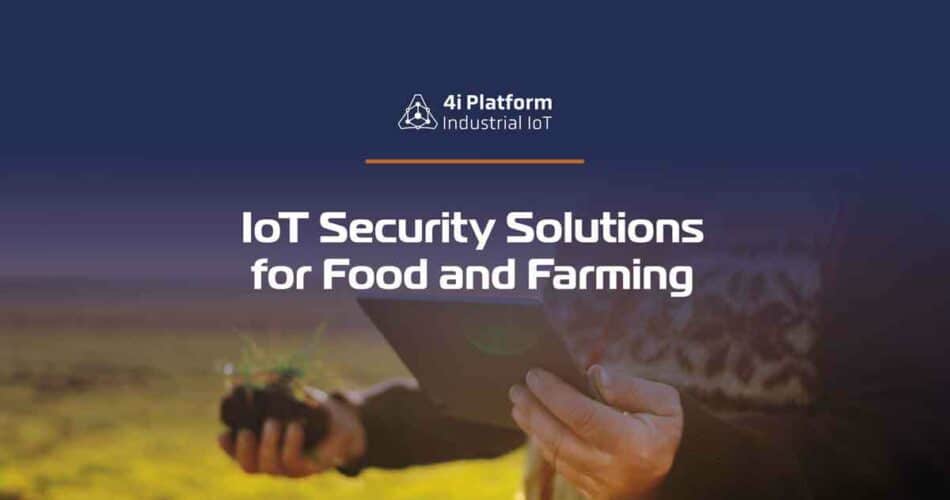Ransomware actors target food and agriculture organizations to try and disrupt business. Luckily, there are several IoT security solutions that can help boost their defenses.
For example, a ransomware attack took down the systems of a dairy. The attack came from the digital realm, disrupting plants and distribution centers. It took approximately a week to restore the affected tasks.
Threatpost reported that in September of 2021, a Minnesota-based farm supply company and grain marketing cooperative was the victim of a ransomware attack. The ransomware infected the computer systems of the victim’s website and caused disruption to daily production.
Furthermore, ransomware actors attacked another group of farmers at around the same time, which had an adverse effect on the company’s computers and systems. To help contain the threat, the group had to shut down its systems.
Which IoT Security Problems Harm This Sector?
Now, the U.S. Department of Homeland Security states that some of the most serious security issues in the agriculture and food sector can be sorted based upon the confidentiality, integrity, and availability triad.
Let’s take a deeper look at how this works.
Confidentiality
Farms and other organizations involved in precision agriculture need to maintain the confidentiality of their data. Smart tech that increases crop yields with fewer resources such as fertilizer and water can also benefit greatly from this.
Farmers must protect their yield data and farming methods with IoT security solutions in order to try and earn a living. Imagine someone stealing that data from decision support systems. It could also happen that the data is leaked to third-parties by accident. Companies could lose trust, which could cause them to shut down.
Integrity
Smart farming and precision agriculture use data collection and analysis to help farmers in making decisions about their work. What if a threat actor falsified this data? They could also disrupt livestock and crops.
This can eventually lead to a reduction in food supply at all levels, whether it is local, regional, or national. To endanger crops and herds, attackers can introduce rogue information into a sensor system. IoT security solutions can help detect attacks and protect the operation from cybercrime.
Availability
A lot of heavy agricultural equipment relies on embedded systems that provide guidance and communication. It is possible for people to lose access to their crops or livestock if these networks are damaged, or if smart livestock production facilities go down. Natural disasters, such as fires and earthquakes, can also pose similar risks.
The potential consequences of the threats mentioned above highlight the critical role that food and agriculture groups play in ensuring that critical infrastructure is maintained. And just like other critical infrastructure organizations, farms are struggling with certain IoT-devices.
These products may introduce weaknesses into their networks, which attackers can use as a means to disrupt farming equipment and monitoring in a way that interrupts harvesting. With the implementation of IoT security solutions, farmers can secure their business, gain insights into their assets, monitor their livestock’s health and security, and track and take back stolen equipment.
Properly Understanding the Extent of These Threats
A variety of food and agriculture companies don’t use smart technology. For the moment, the entire food supply chain is not at imminent risk. But smart agriculture projections indicate that things are rapidly changing.
In order to meet the growing demand for food, food production has to increase. IEEE Spectrum noted that by 2030, the world population will have reached 8.5 billion people, 840 million of whom will face hunger.
These numbers, along with the World Food Programme’s goal to eradicate hunger by 2030, suggest that more farms might soon adopt smart farming tech.
Best IoT Security Solutions for the Farming Sector
There is an assortment of ways that farmers and agriculture organizations can protect themselves against cybersecurity risks. They can do this by applying multi-factor authentication (MFA). Security teams should ensure they change an IoT device’s default password. MFA can also be used by security teams to prevent access and hacking.
Security engineers can identify and correct vulnerabilities in the infrastructure by implementing a vulnerability management system. They can also perform penetration testing to check how effective their security program is and, if necessary, make changes to improve security.
